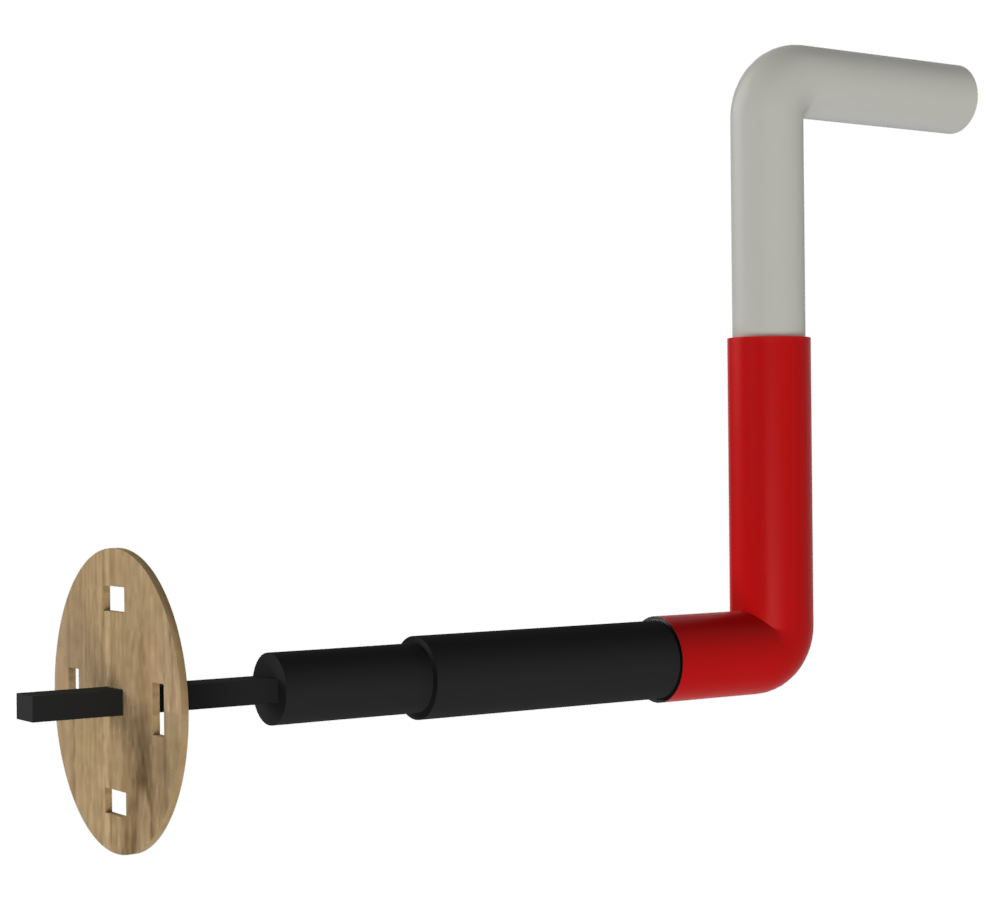Energy-generating video game
For the Garage Week, a one week event, our school held a contest where we needed to create a prototype that would make ecology interesting. So we made a video game console that can power itself and charge a battery when you play it.
Battery Charging
The battery is charged with a dynamo operated with a handle. The dynamo is a DC motor because the same way current can be transformed into a rotation thanks to electromagnetic induction, rotation can be transformed into a current. However, the speed of rotation of the handle was not enough to power the game and charge a battery. So we used two gears with a 1:3 ratio so the speed around the DC motor is three time superior than the speed of rotation by the player. However, the output current is alternative. So we hook up the output to a transistor and a capacitor to turn the alternative current into a direct one.
Gameplay

The gameplay is a minimalist version of Flappy Bird where you control the altitude of the character by rotating the handle. If you rotate it fast enough the character goes up, if not, it stays down.
To do so, we slid a wood wheel with four holes on the handle and we put a LED and a photoresistor on both sides of the wheel. This way the wheel blocks the light unless when the photoresistor faces the holes. We then count how many times the light reaches the photoresistor per second and calculate a rotation speed, and we change the altitude of the character accordingly. As long as the character does not hit an obstacle, the game continues, and we keep count of how much energy (in Watts) has been produced.
The construction of the box, the gears and the wheel were made by laser cutting wood and Plexiglas and by assembling the box.

We then 3D printed the shape that would fit in the handle as well as the wood wheel to make it rotate. Parts that did not need to be precise were made from recovered materials to avoid wasting more PLA and stay as eco-friendly as possible.
We then painted the handle in gray and red to make it as presentable as possible.
Conclusion
Our project won most innovative project because of its originality. Plus it’s the first time I’ve used gears and I’ve learned that motors can also transfom movement into electricity. And since we had to do everything within 5 days and with waste materials, we needed to be effective and creative.